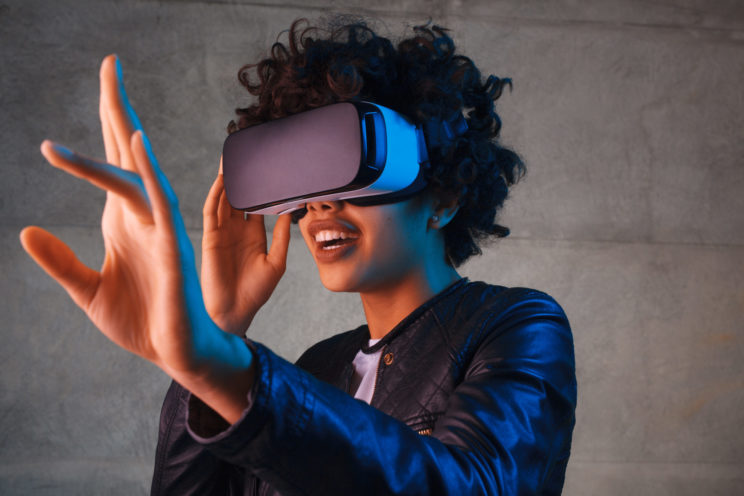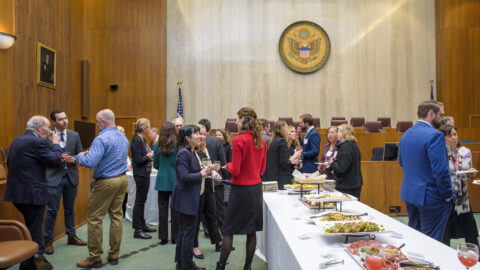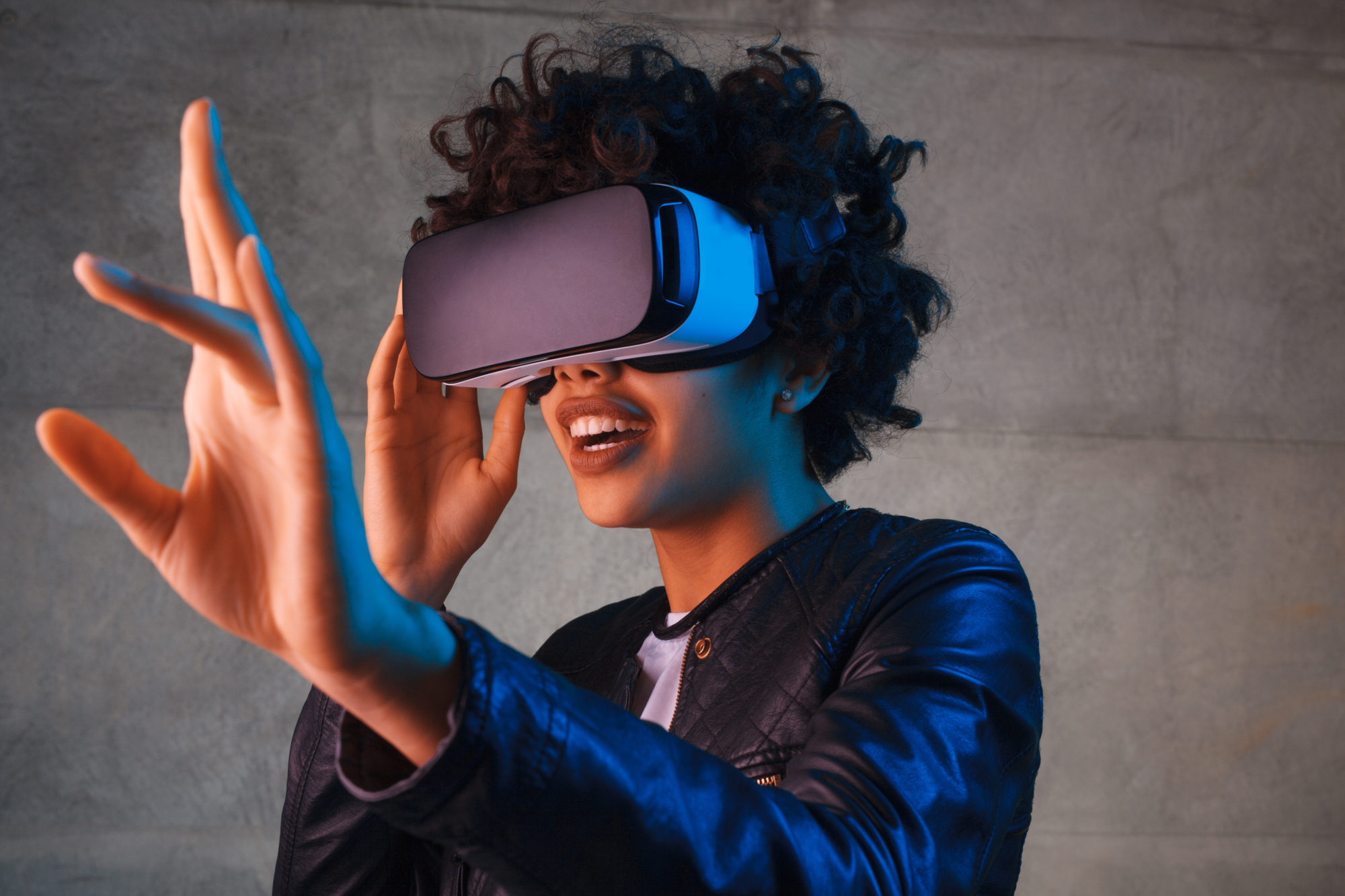 Take a moment and think back to the first time you appeared in court. Most of us remember very clearly how stressful and uncertain that experience felt. Where should I sit? Who goes first? What do I say?
Take a moment and think back to the first time you appeared in court. Most of us remember very clearly how stressful and uncertain that experience felt. Where should I sit? Who goes first? What do I say?
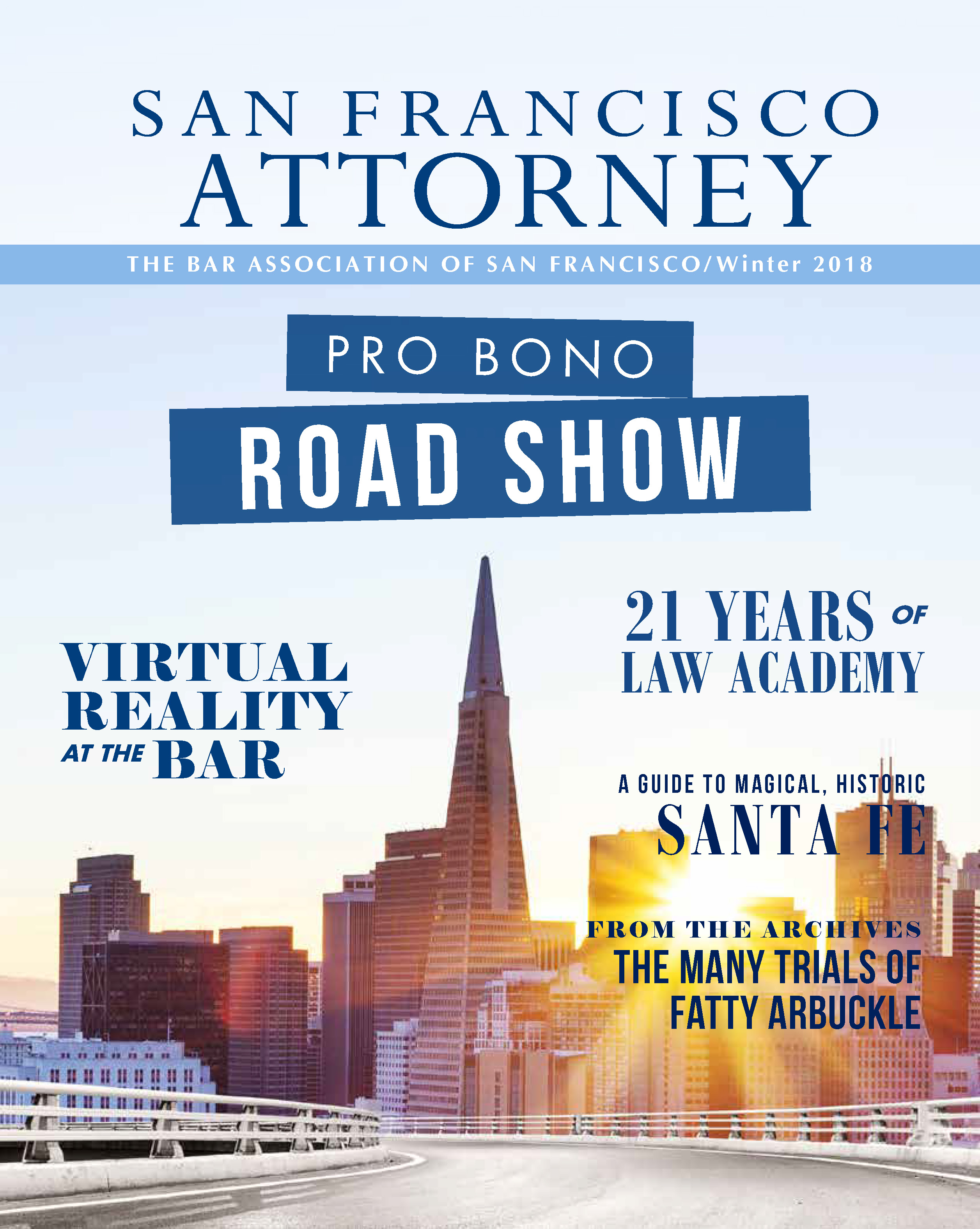
And even if you read training documents on how to prepare, rehearsed what you were going to say, and sought out advice from your colleagues, nothing compares to what it feels like to actually be in the room for the first time and in front of the judge.
How can we better prepare attorneys for this experience? Enter virtual reality training for lawyers.
Background on Virtual Reality
First, some background on virtual reality (VR). In its most basic form, virtual reality is the simulation of a three-dimensional environment that can be interacted with in a seemingly real or physical way through the use of electronic equipment, like a helmet or goggles with a screen. The concept of creating an illusion that we are in an environment that we are not has been around for decades, but only recently has technology advanced enough to create a fully immersive experience.
Many of us are familiar with VR through the gaming equipment recently popularized by companies like Sony, Google, and Facebook. If you’ve never used this equipment, it generally comes in the form of a special headset that has two separate screens, one for each eye, which generate the illusion of depth and create an artificial environment. Additionally, the motion sensors in these headsets can detect when your head is moving. As you look around, the environment shifts with you, just as if you were taking in a 360-degree view in real life. More advanced headsets allow you to interact with the environment, while others allow you to simply be a passive observer. In either case, it’s a completely immersive experience.
In addition to gaming, VR has been used to help train workforces, athletic teams, and military personnel. The immersive experience allows those who participate to experience “real life” situations in a way that watching two-dimensional videos simply can’t.
Our Partnership with Harvard’s Access to Justice Lab
So what does all of this have to do with training attorneys?
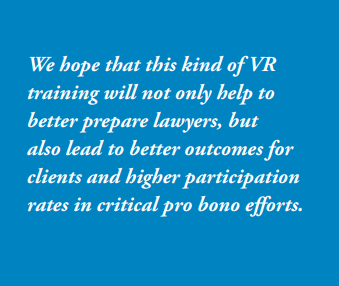 The same experiential benefits that come from the use of VR in other industries can be applied to the legal industry, too. One important use of such training—and there certainly are many—is to help simulate what it’s actually like to appear in court for the first time or, in the context of access to justice, train and encourage lawyers to participate in pro bono work.
The same experiential benefits that come from the use of VR in other industries can be applied to the legal industry, too. One important use of such training—and there certainly are many—is to help simulate what it’s actually like to appear in court for the first time or, in the context of access to justice, train and encourage lawyers to participate in pro bono work.
Enter Harvard Law School’s Access to Justice Lab (A2J). In August of this year, the Barristers Club and the Justice and Diversity Center (JDC) at the Bar Association of San Francisco responded to A2J’s call for a partner to participate in a study to determine whether training attorneys using virtual reality will lead to better outcomes for the attorneys’ clients. Working with Harvard’s researchers, we identified JDC’s limited-scope Housing Negotiation Project (HNP) held at the San Francisco Superior Court as an ideal vehicle for this study.
Here’s How It Will Work
Attorneys who volunteer to participate in HNP represent tenants in afternoon-long housing settlement conferences at the courthouse.
Before attorneys can volunteer for HNP, they must complete a training session offered by JDC. In order to test whether VR has an impact on an attorney’s ability to represent a client, JDC will offer a supplemental VR training (in addition to the current training) to half of the HNP volunteers. The supplemental training will consist of several short (two to three-minute) videos that replicate what it’s like to actually mediate a housing matter.
Using a special 360-degree VR camera, we will record parts of a ‘mock’ settlement conference where the ‘actors’ are experienced JDC attorneys who routinely handle HNP cases. We will record these mock settlement conferences in the exact hallway at the courthouse where the settlement conferences are conducted.
Once recorded, the attorney volunteers will watch the mock settlement conferences during the training. This study will use a randomized controlled trial (RCT) to test whether attorneys who receive the current training and then watch a VR video of a mock housing negotiation obtain better results for their clients than the group of attorneys who only receive the current training. This study will be the first RCT of virtual reality in the practice of law that we are aware of.
The Impact of VR and Why This Matters
The impact VR may have on the ability to train lawyers in these settings is exciting, to say the least. Think back again to your first court appearance. Imagine now that you were able to experience the courtroom, the judge, the procedure, and the cadence of the hearing before you made your appearance.
Imagine how that experience could help you mentally prepare, rehearse what you’re going to say, answer questions you have, and calm your nerves. While there’s no substitute for the real thing, VR has the potential to be a key part of an attorney’s training and preparation efforts.
On a broader scale, we hope that this kind of new-age training will not only help to better prepare lawyers, but also lead to better outcomes for clients and higher participation rates in critical pro-bono efforts.
 About the author:
About the author:
Drew Amoroso is the president of the Barristers Club and the CEO of DueCourse, a legal tech company that uses AI to help lawyers map, track, and achieve their professional development goals.


